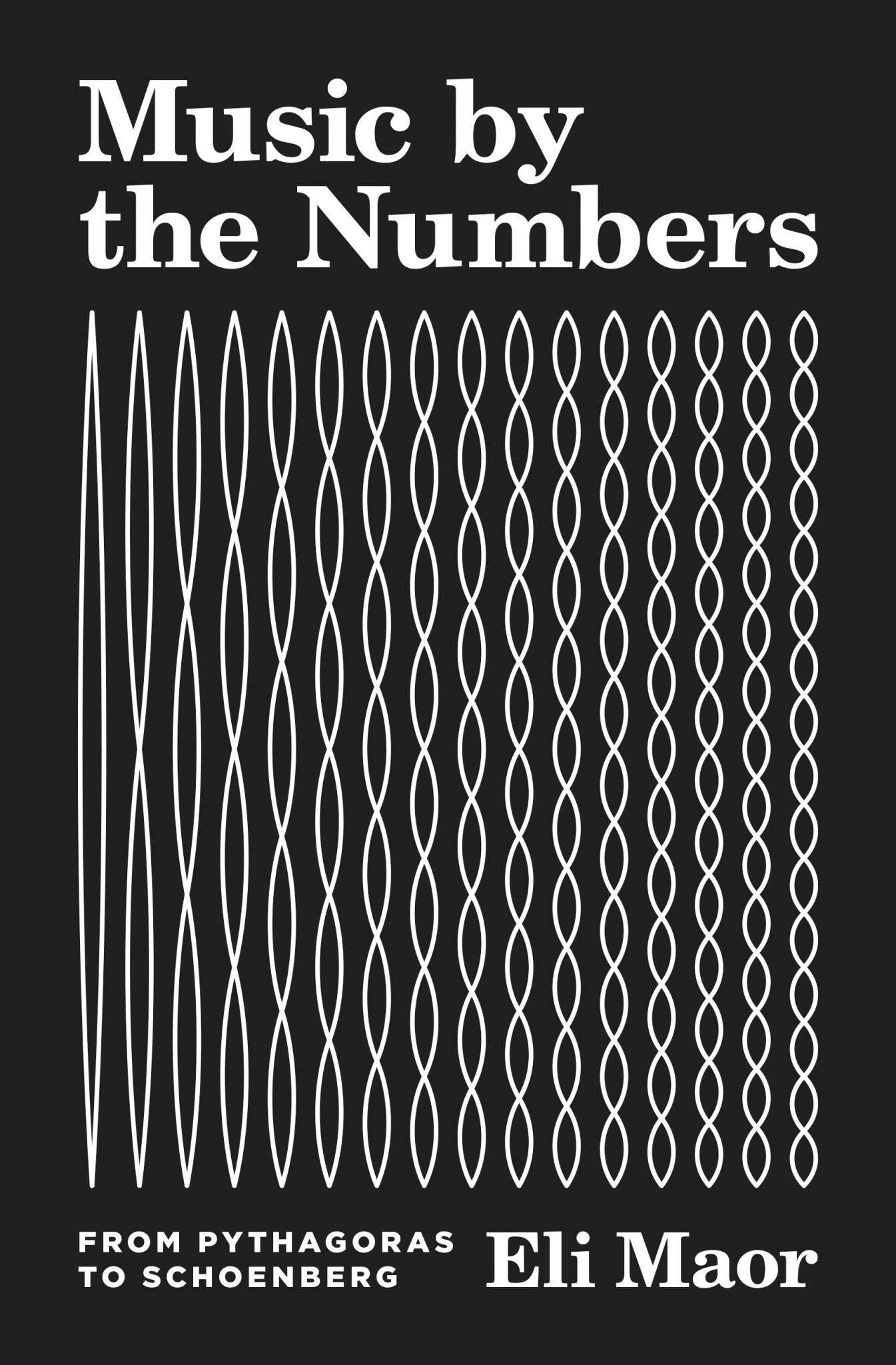Description
Explore the profound connection between music and mathematics in 'Music by the Numbers.' This captivating book by Eli Maor reveals how music has influenced mathematics, physics, and astronomy from ancient Greece to the twentieth century. Discover the mathematical elements that underpin renowned compositions, with Bach's intricate works often lauded for their mathematical logic. Maor argues convincingly that the interplay between these two disciplines is reciprocal, highlighting that music has shaped mathematical thought as much as equations have informed melody. Dive into a rich narrative that starts with Pythagoras and journeys through history, exploring influential figures like Arnold Schoenberg and Iannis Xenakis, who pushed musical boundaries using mathematical principles.
'Music by the Numbers' not only charts key milestones in this fascinating tale but also delves into how music-related problems have spurred mathematical advancements for centuries. Examine the famous vibrating string problem that ignited a fierce intellectual clash among eighteenth-century mathematicians and ultimately catalyzed the evolution of post-calculus mathematics. Additionally, this book explores the relationship between musical meter and geometric metrics, illustrating rhythmic patterns that connect Bach to Stravinsky. Finally, uncover the coincidental rise of Einstein's relativity and Schoenberg's twelve-tone system, showcasing the striking parallels between these groundbreaking ideas. 'Music by the Numbers' is an essential read for music lovers, mathematicians, and anyone intrigued by the deep, historical ties that bind music and math together, offering a unique perspective on their interdependent evolution.
'Music by the Numbers' not only charts key milestones in this fascinating tale but also delves into how music-related problems have spurred mathematical advancements for centuries. Examine the famous vibrating string problem that ignited a fierce intellectual clash among eighteenth-century mathematicians and ultimately catalyzed the evolution of post-calculus mathematics. Additionally, this book explores the relationship between musical meter and geometric metrics, illustrating rhythmic patterns that connect Bach to Stravinsky. Finally, uncover the coincidental rise of Einstein's relativity and Schoenberg's twelve-tone system, showcasing the striking parallels between these groundbreaking ideas. 'Music by the Numbers' is an essential read for music lovers, mathematicians, and anyone intrigued by the deep, historical ties that bind music and math together, offering a unique perspective on their interdependent evolution.

